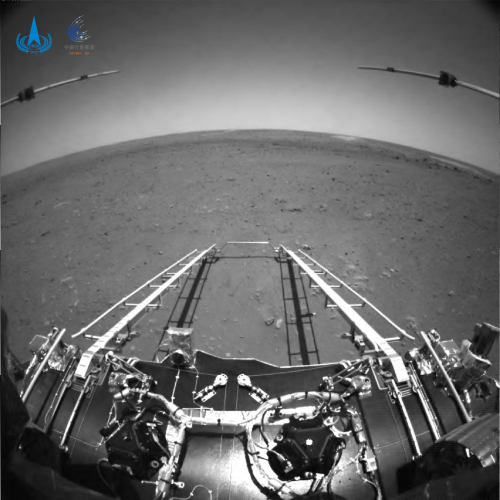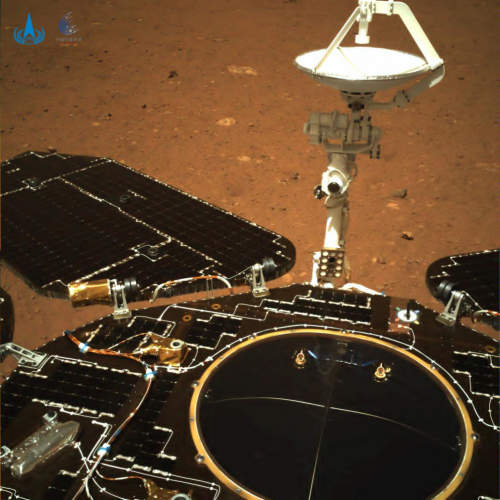Today’s blacklisted American: Professor fired for reading anti-slavery novel to students

Burning witches: What St. John’s university wished it could do
to a Jewish professor.
They’re coming for you next: Hannah Berliner Fischthal, a professor at St. John’s University in New York and the daughter of Holocaust survivors, was immediately fired because she read aloud in her literature class a selection from Mark Twain’s anti-slavery book, Pudd’nhead Wilson, that included the “N-word”.
On March 3 she was called into a meeting with HR about her use of the N-word in class, the subsequent discussion of it and a comment she allegedly made about a Black student’s hair. Fischthal said she only made a remark about a student’s head being wrapped up during class and it had nothing to do with her hair.
She said she was also criticized for mentioning her family’s experience in the Holocaust during class.
On March 5 she was suspended pending an investigation she had violated the university’s policy against bias. On April 29 she was fired.
The school had been alerted to her terrible crime of reading accurately from an accurate book portraying the actual culture of the pre-Civil War south by at least one of her students, who apparently was so weak-minded that even hearing this word that-shall-not-be-named was ““unnecessary and very painful.” It didn’t matter to this brainless student that the book was written to condemn slavery and bigotry. All that mattered is that a word of six letters was spoken aloud and she or he was forced to hear it.
» Read more

Burning witches: What St. John’s university wished it could do
to a Jewish professor.
They’re coming for you next: Hannah Berliner Fischthal, a professor at St. John’s University in New York and the daughter of Holocaust survivors, was immediately fired because she read aloud in her literature class a selection from Mark Twain’s anti-slavery book, Pudd’nhead Wilson, that included the “N-word”.
On March 3 she was called into a meeting with HR about her use of the N-word in class, the subsequent discussion of it and a comment she allegedly made about a Black student’s hair. Fischthal said she only made a remark about a student’s head being wrapped up during class and it had nothing to do with her hair.
She said she was also criticized for mentioning her family’s experience in the Holocaust during class.
On March 5 she was suspended pending an investigation she had violated the university’s policy against bias. On April 29 she was fired.
The school had been alerted to her terrible crime of reading accurately from an accurate book portraying the actual culture of the pre-Civil War south by at least one of her students, who apparently was so weak-minded that even hearing this word that-shall-not-be-named was ““unnecessary and very painful.” It didn’t matter to this brainless student that the book was written to condemn slavery and bigotry. All that mattered is that a word of six letters was spoken aloud and she or he was forced to hear it.
» Read more













